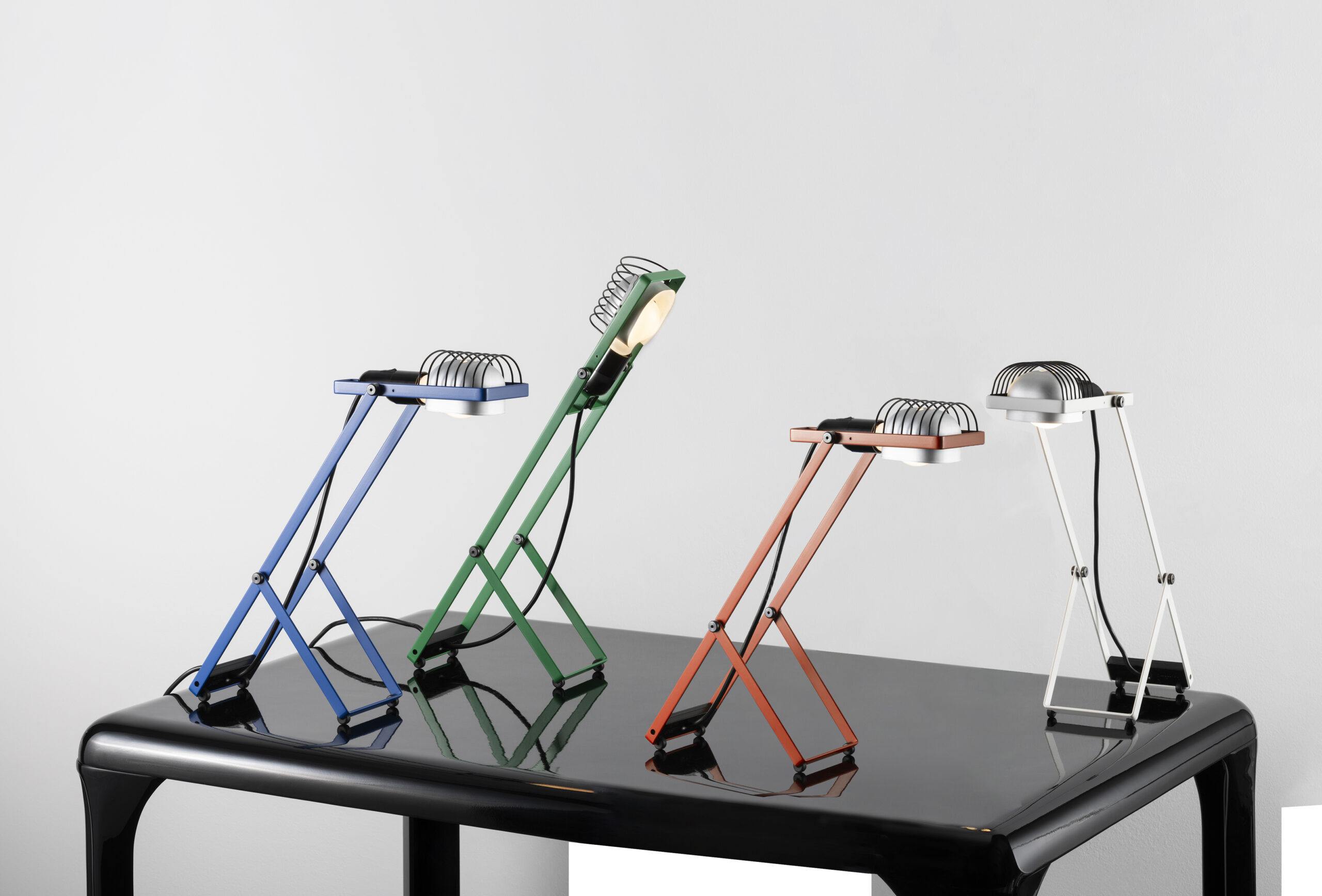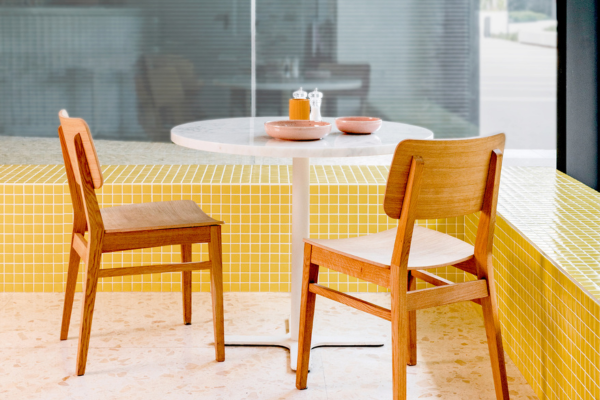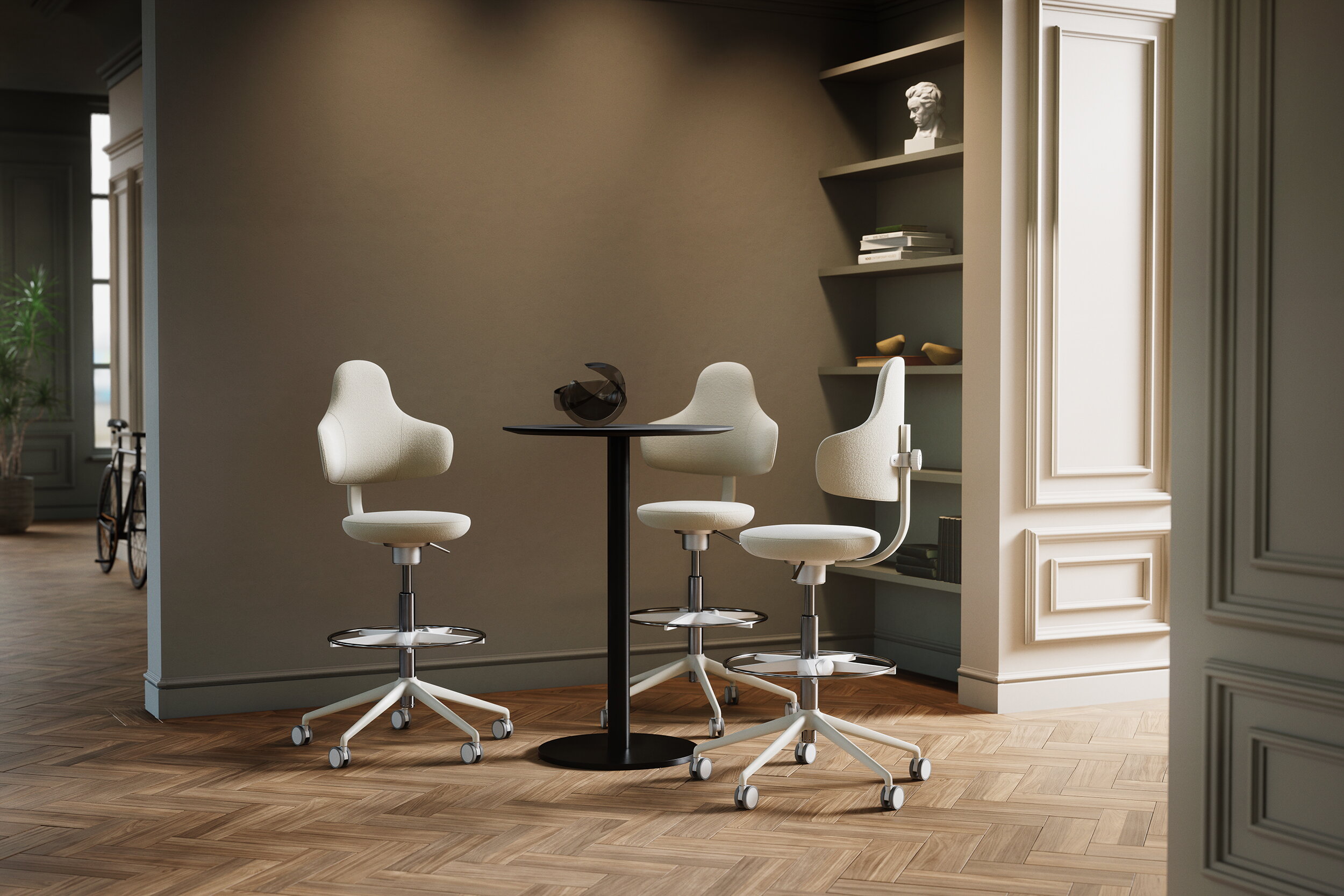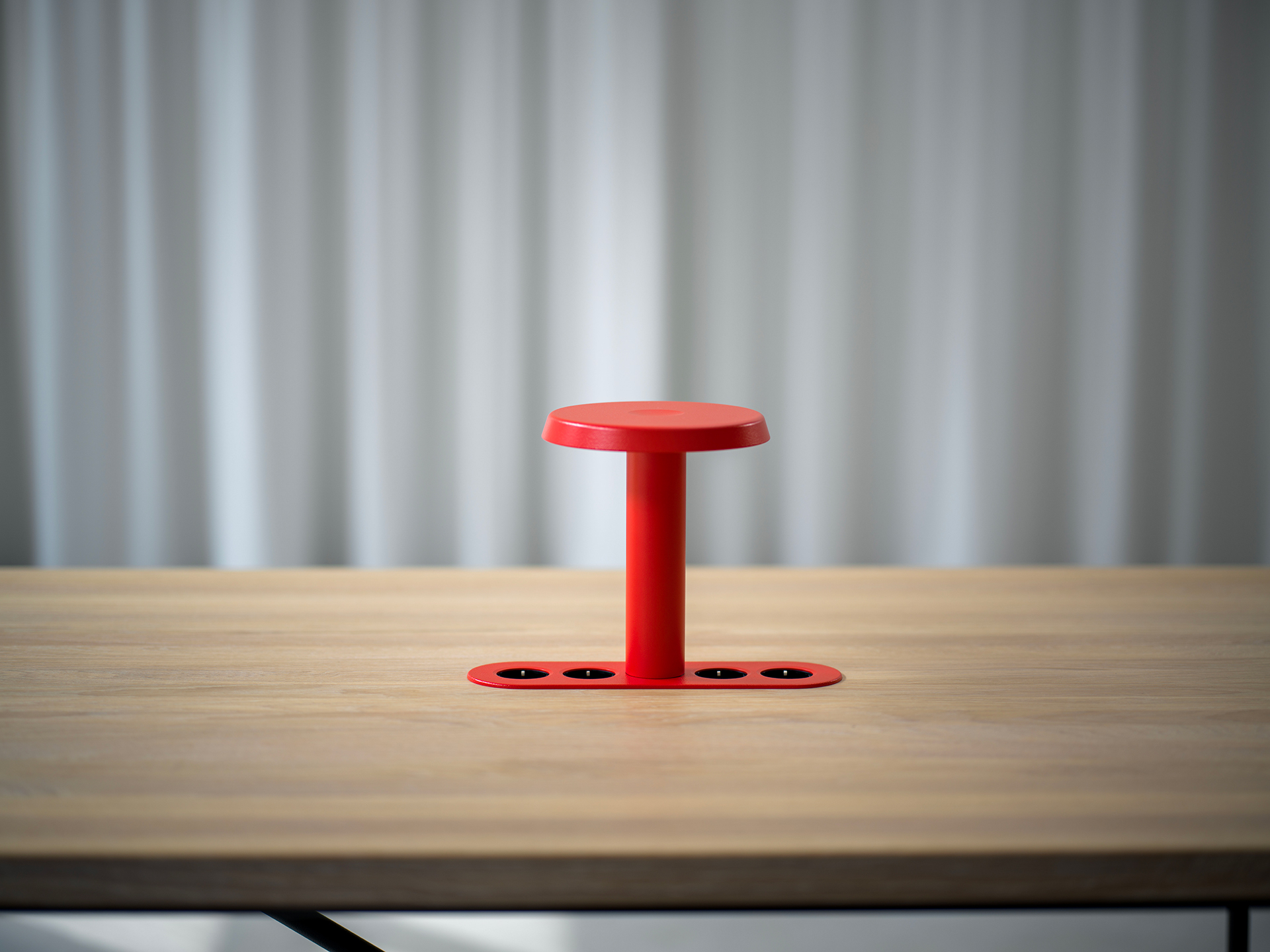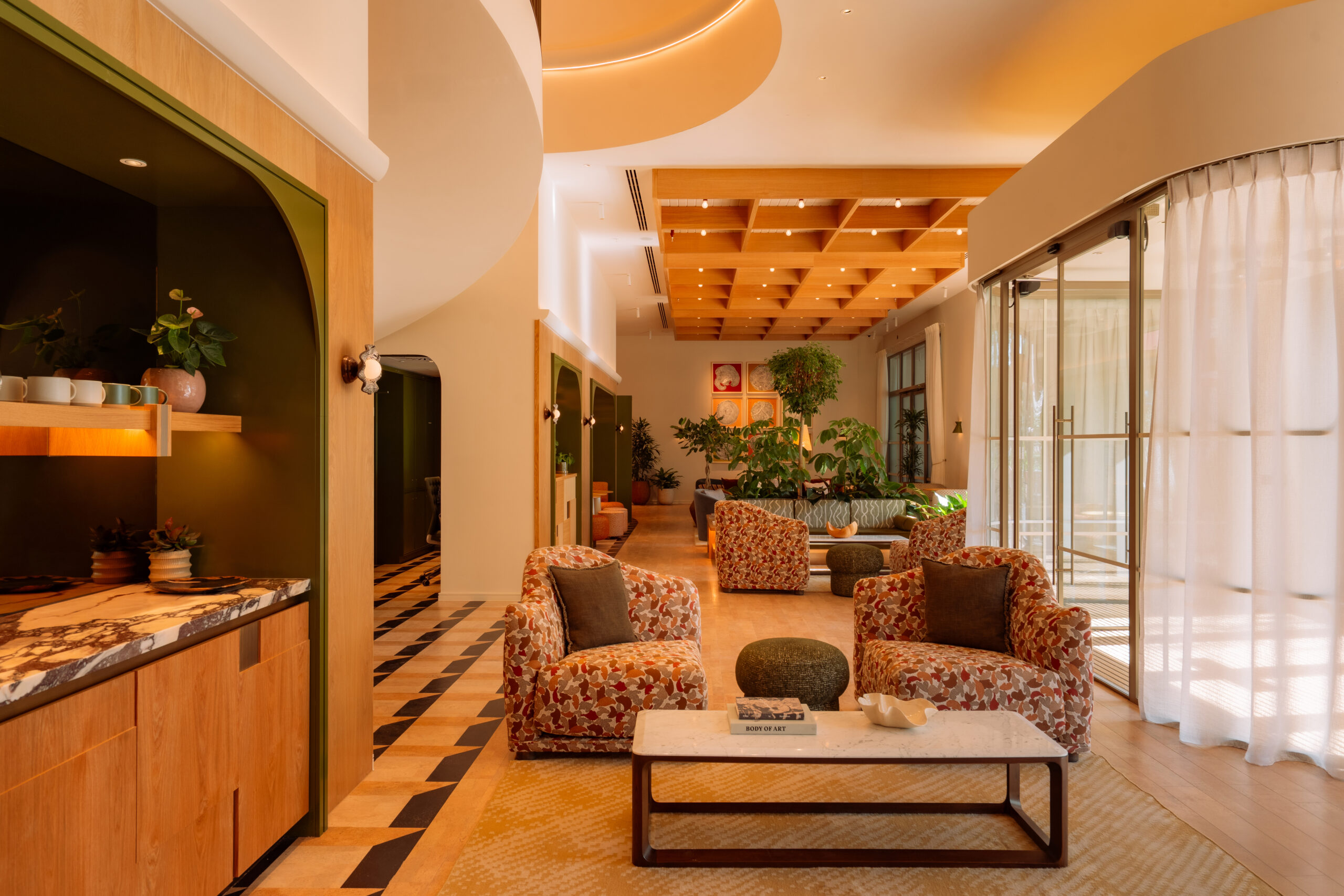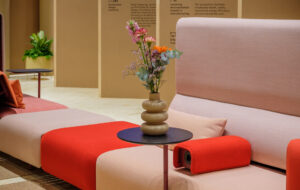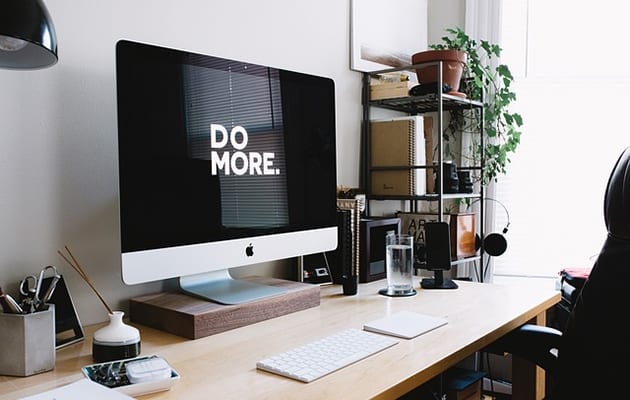 |||
|||
It wasn’t that long ago that buildings were categorised by the aesthetics in vogue when they were built. Each preceding period had a design movement that was debated, given a chapter in the history books, and assigned a label, such as Greek, International, Brutalism, Modernism and so on. Each had many practitioners who shared a consistency of theme and the values that underpinned it.
Around the 1980’s a dissipation of consensus within the industry began, eventually leading to an untethered freedom in design approaches. If there had been “schools of thought”, school was now out. For the most part professional offices today are free to follow their own individual muses and philosophical bents. The self-imposed constraints that used to flow from within the profession are however being replaced from another source – the public.
Past advocacy-driven changes to buildings, and office planning in particular, were ergonomics, handicapped accessibility, environmental protection and currently sustainability. Absent direction from academic doctrine or manifestos from national icons, what could be next? Likely it too will emerge from external sectors. There are many potential tipping point activities underway in various arenas that could impact the design of workplaces. Neuro-science, robotics and artificial intelligence are a few to watch, but one is deserving of immediate application – Positive Psychology.
Positive Psychology is a relatively new branch of study within the social/psych sciences. Fostered by researchers and advocates such has Martin Seligman, Mihaly Csikszentmihalyi, and Ed Deiner, the field has gained traction and given birth to university programs, an international association, and publications which line the science, business and self-help shelves of bookstores. On the other hand, the output from this discipline has flown under the radar in design circles.
There can be little argument that people are the core resource of any office operation, but if an enlightened client were to express their vision for a new project as “a place of Respect” instead of “100,000 square feet”, would the providers of space be prepared to craft a solution? Respect and four other mental well-being criteria are examined for their basis in research along with concepts and examples of what architects, developers and owners can do to deliver a workplace design enriching to their staffs.
Charles First is the author of A Place to be Happy: Linking Architecture & Positive Psychology
Positive psychology will be the next big trend in workplace architecture and design, so why aren’t we talking about it more?


